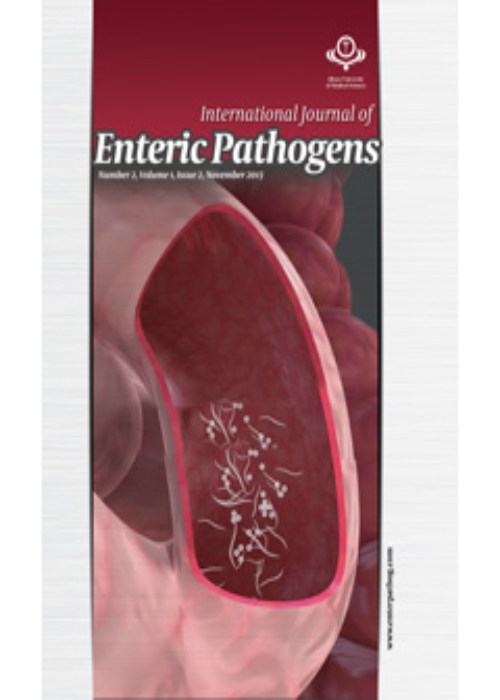Detection of Autotransporter Genes and Evaluation of the Relationship Between the Autotransporters and Biofilm Formation in Uropathogenic Escherichia Coli Isolated From Urinary Tract Infections
Uropathogenic Escherichia coli (UPEC) are among the pathogens causing urinary tract infections (UTIs). UPEC strains utilize autotransporter (AT) proteins for pathogenesis, especially the development of biofilm in the urinary tract.
There is no general data about the frequency of ATs among the UPECs, thus we decided to assess the frequency and AT patterns in patients with UPEC recovered from UTI, as well as to find the possible correlation between the ATs and biofilm.
Totally, 200 Escherichia coli were recovered from the urine of outpatients and inpatients with UTIs in Iran. Biofilm production was assessed by a phenotypic method. Extraction of DNA was done using the boiling method, and the extracted products were used for polymerase chain reaction (PCR). Amplification of AT genes was done by PCR with an optimized program in a thermal cycler apparatus. Then, the amplified genes were evaluated by electrophoresis.
Among the UPEC isolates, 63.5% and 36.5% were isolated from cystitis and pyelonephritis patients, respectively. In addition, the majority of UPECs (66.5%) were associated with hospitalized patients. Totally, 92% of isolates produced biofilm, of which 53.5%, 21.5%, and 17% were weak, moderate, and strong biofilm producers, respectively. Among investigated ATs, the most frequent genes were upaH (89%), upaB (87%), upaG (79%), vat (78%), sat (69%), upaC (67%), and ag43 (37%). There were 37 AT patterns among UPECs, and pattern 1 with the presence of all AT genes was the most common. It was found that the prevalence of upaB and upaG was significantly higher among the cystitis isolates compared to pyelonephritis isolates. Further, no significant difference was observed between the AT genes, except for upaC (P=0.003), and the intensity of biofilm formation in UPEC isolates.
According to the high prevalence of AT genes among UPECs isolated from inpatients and outpatients, these factors can be ideal vaccine candidates for designing effective vaccines against the isolates. Evaluation of the efficacy of these ATs against UPECs is under investigation.
- حق عضویت دریافتی صرف حمایت از نشریات عضو و نگهداری، تکمیل و توسعه مگیران میشود.
- پرداخت حق اشتراک و دانلود مقالات اجازه بازنشر آن در سایر رسانههای چاپی و دیجیتال را به کاربر نمیدهد.


